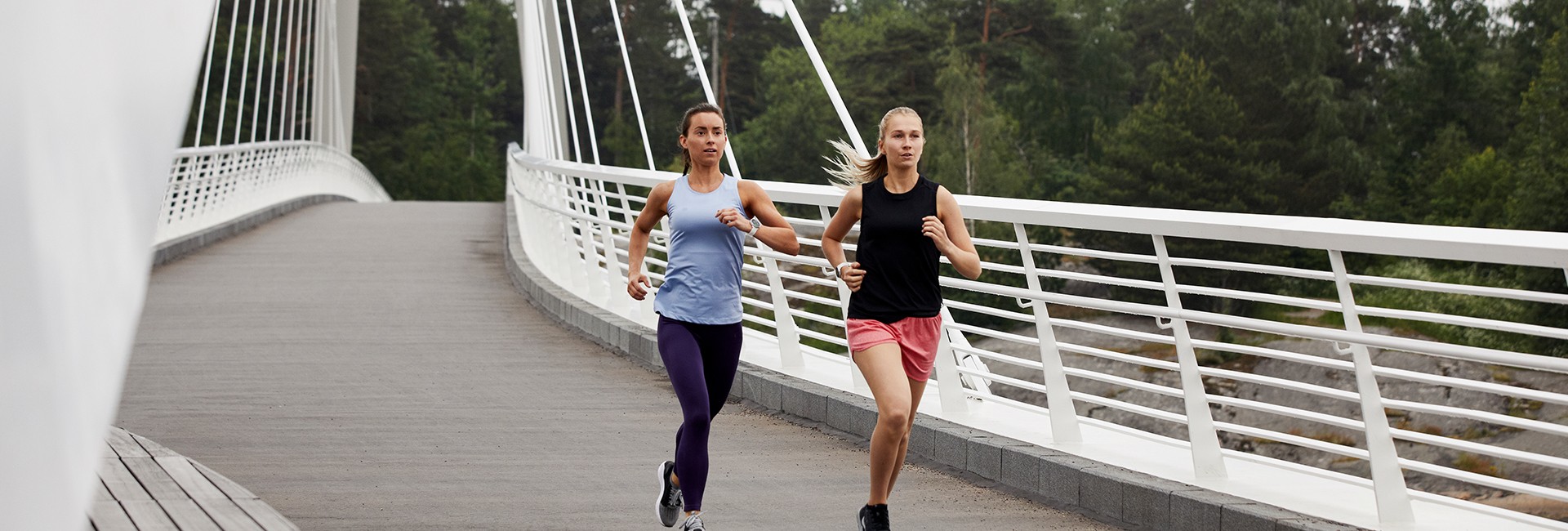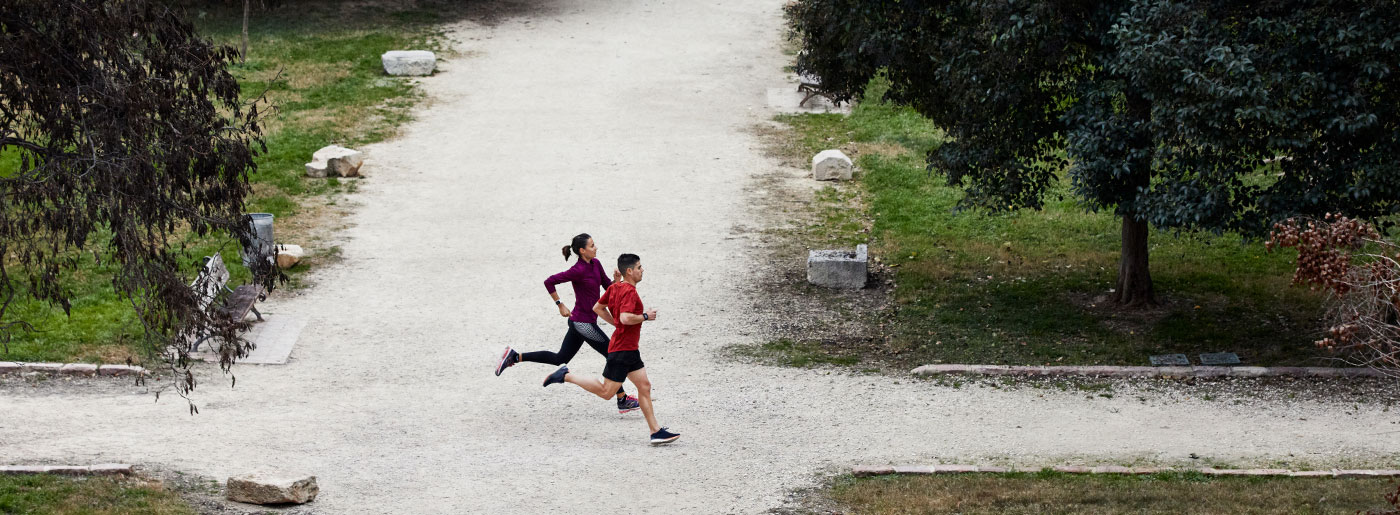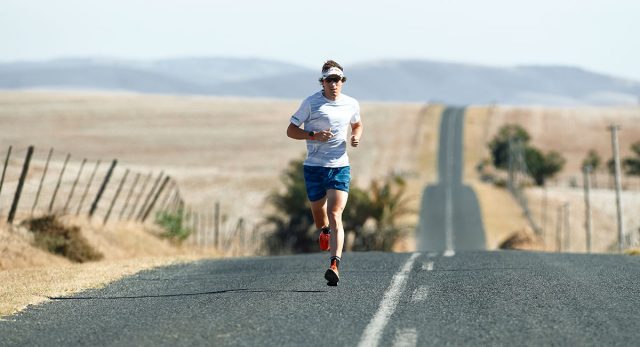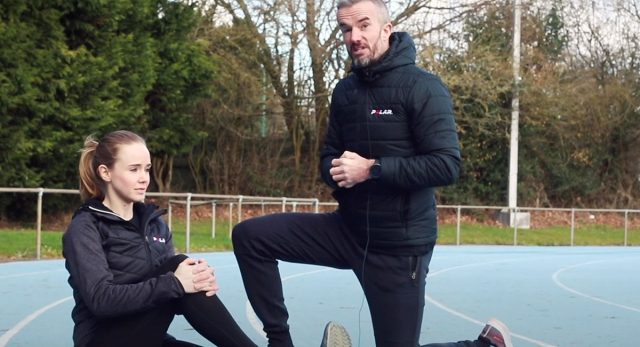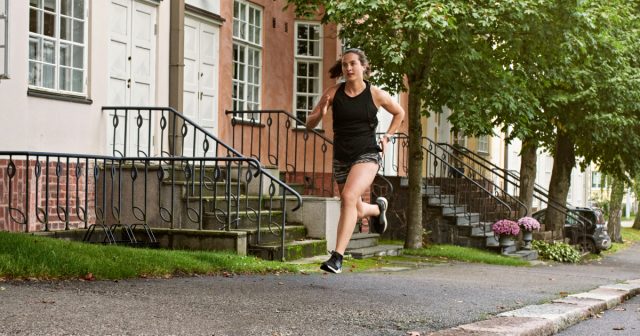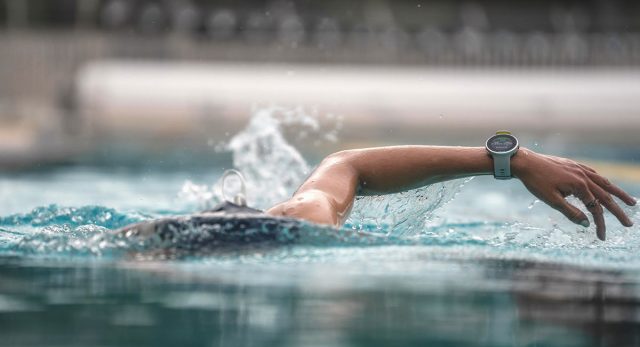Running coach Nick Anderson first started using Polar products in the 90s, when he’d just begun working with runners. Flash forward 25 years and he now has coached teams for England Athletics and managed GB squads. So when it comes to tips for new runners, Nick has some great insights to share.
Every day, Nick works with runners — from those at professional level to people squeezing running in around their work and family commitments. He wants to help everyone improve their running and works with Polar to ensure you have the right information for developing your practice.
Here Nick answers questions about his supportive exercises and discusses why new runners shouldn’t skip these essential steps when starting out.
As a coach, what are your tips for new runners for preventing common injuries?
For most new runners, the biggest mistake is: too much, too fast, too soon too often.
Physiologically, your cardiovascular system develops quite quickly when you begin running regularly. This means you’ll see your fitness build rapidly but it’s important to pay attention to the strength in your lower limbs too.
As your body takes longer to develop this strength than it does to improve your heart and fitness, you may miss the signs that it can’t handle this new amount of stress just yet.
Injuries are often caused by not doing enough strength and recovery work when you’re new
Injuries are often caused by not doing enough strength and recovery work when you’re new, which is why my suggested exercises are so important.
New runners also often don’t realize how necessary rest and nutrition are when you start training. As your quantity of exercise increases, the quality and quantity of both these elements should be improved as well. Rest and nutrition are the building blocks for recovery.
We’re often given the impression that the way to start running is to do some static warm-up stretches before launching into a very active run. However, research has shown that this is one of the easiest ways to end up with an injury.
If you’re new to running, the best way to warm-up is to spend the first 10 minutes easing your way into it. Start with a walk, then a slow jog as you ease into your natural pace. Don’t worry ‒ no one is judging you! It’s much better for your body to take it really easy and come back feeling invigorated rather than exhausted.
What is Synovial fluid and what does it do?
Think of Synovial fluid like the oil that lubricates the engine of your car. When your heart starts pumping, your body uses it to help all your moving parts keep gliding without any issues.
Your Synovial fluid also enables oxygenated blood to move around your body with all the nutrients that you need. This in turn ensures less damage to your joints, tendons, and ligaments – so it’s very important.
By starting slowly and warming up gradually, you will build up your Synovial fluid and protect your body.
If you’re experiencing any lower back pain, is it still ok to do core exercises?
If you ever experience pain, you should always stop, change to a different exercise, or rest.
As your core develops, it will help to support your lower back, so these exercises will help in the long run. However, it’s important to ensure you are doing them correctly.
If you’re new to core work, such as planks and bridges, it helps to have someone else check your position. You need to ensure your hips are lifted at all times to protect your back and engage your core properly. If you don’t have anyone to help, then try filming yourself to see if you’re back is straight and not dipping at your hips.
Why do you recommend a forward lean in all the drill postures?
By focussing on having the right posture in your drills, you’ll help develop the best posture for your running as well. This is one of my top tips for new runners: think about your posture.
If you look at videos of the world’s best distance runners, you’ll notice they always position their torso slightly ahead of their midline. The reason for this is because they’re trying to counteract the effects of gravity.
Running with a straight back not only means you use more energy but the activity has more impact on your joints and bones.
A slight forward lean means you are always falling forward, which means it takes less energy to propel yourself in a forward motion. Running with a straight back not only means you use more energy but the activity has more impact on your joints and bones.
Learning to run in a relaxed but taught posture with a slight forward lean is ideal and the best place to start developing this is through your posture when exercising.
What’s your favorite post-run drink or snack for activating the recovery process before jumping into your stretches?
Grabbing an electrolyte drink as soon as you finish your run is really important. You’ll immediately start to recover and rebuild your immune system. In fact, your chances of picking up an infection or illness are significantly increased after such an intense work-out. Any of the known brands of electrolyte drinks are great for this.
In the 30-60 minutes after your run, it’s also important to eat something with carbohydrates and protein to help this recovery process. If you go for a morning run, try eggs on toast. Heading out at lunch? Make sure you have a sandwich or pasta ready on your return. Even a banana can make a good snack if you don’t have anything else.
How does stretching after a run prepare your body for next time?
Post-run stretches or mobility exercises allow your system to be refreshed with lots of reoxygenated blood. This speeds up the recovery process, flushing out toxins and enabling muscle fibers and tissue to realign (which helps you avoid knots).
So taking to the time to stretch after a run can really help stop any scar tissue from developing and enhance your movement patterns on your next run.
Think of your body like a racing car. When driver Valtteri Bottas finishes a race, he doesn’t park his car and leave it till the next race starts. His team takes the whole vehicle apart, checking, fixing, and conditioning it, ensuring it’s primed to hit the circuit again. Your body is no different – it needs time and attention after your run too.
If you liked this post, don’t forget to share so that others can find it, too.
Or give it a thumbs up!
I like this article
Please note that the information provided in the Polar Blog articles cannot replace individual advice from health professionals. Please consult your physician before starting a new fitness program.
